After fifty years of being at the epicentre of knowledge in Brussels, the VUB is claiming an overwhelming kind of powerlessness with “JRSLM”. The powerlessness to give a comprehensive answer to the question of what makes us free people?
Shirin Neshat, Passage, 2001
However much knowledge and insight you acquire, spirituality will always have an unshakeable place in society. This is the conviction on which Hans De Wolf, a professor of art history and curator of “JRSLM”, is basing the exhibition that is being organized to celebrate the VUB’s fiftieth birthday. There is another side to humanity and the world that eludes every scientific method and all systemic thought.
It attests to great courage that he is raising this question so openly at the heart of a free-thinking university. But this audacity is being repaid with a small miracle. The artists who are gathering here in a succession of chapters – “The Dark Room”, “The Bright Room”, “Will and Representation”, and “Christ versus Antichrist” – around that ungraspable core, are of the very best quality. From Michaël Borremans to James Ensor, from Thierry De Cordier to Richard Buckminster Fuller, and from Dirk Braeckman to Félicien Rops...together they bring the three exhibition spaces – Pilar, SEE U, and the Braem building – to life with works that question humanity and its place in this ungraspable life. These are encounters to be cherished. Between the viewer and the work and between the works themselves. The variety of interfaces, contradictions, and dialogues brings you closer to a certain core.
A HEART IN THE DESERT
The purpose of art is always to help us touch on that core and to break open the space of the observable via little tears and holes so that we can approach the focal point behind it. One example is Odilon Redon’s exhilarating 1887 Christ, whose big eyes bring the Son of God down to earth, a suffering body among mortal bodies. Or La collection fondamentale by Joëlle Tuerlinckx, who in an incredibly sober and impenetrable collection of stones manages to capture the viewer’s nimble soul.

Odilon Redon, Christ, 1887 © Theodore Wohng Collection
It is precisely therein that the mystical dimension is concealed: the impossibility of putting your finger on the how and the why, and yet at the same time having certain knowledge. To know that you will be torn to shreds here, fused into a greater whole, embraced, perturbed, and consoled.
One extraordinary work in “JRSLM” brings this all together in a dizzying way: Passage, a 2001 film by Iranian director Shirin Neshat, who films a ritual burial in an inhospitable landscape, set to music by Philip Glass. The work strikes directly at the soul. Why? You don’t see much more than a procession of men carrying a body through the desert, where a group of women dig an empty space with their hands, to be, to disappear. Perhaps it is because the very concrete becomes very poetic here. Perhaps because the rhythmically digging group of women are almost like a heart, pulsating in the vast desert. Because one dead person spins a thread of life between a whole community. Because this ritual compels you to hurt yourself, digging in ground that is full of sharp stones. Because that physical pain echoes the pain of the heart. And expels it. Because there is nothing humbler and nothing greater than this, the final farewell. Because the transcendent is churned up in the earth itself.
Or because this stops you in your tracks, silent. Speechless, perplexed, but oh so certain.
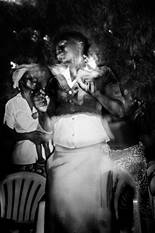
.jpg?style=W3sianBlZyI6eyJxdWFsaXR5Ijo3MH19LHsicmVzaXplIjp7ImZpdCI6Imluc2lkZSIsIndpZHRoIjozNTAsImhlaWdodCI6MjMzLCJ3aXRob3V0RW5sYXJnZW1lbnQiOnRydWV9fV0=&sign=fb4b1f6a7adabe5b3bf6a07b52e7ac47e251ad375a9181314f2e648291dcaf2d)
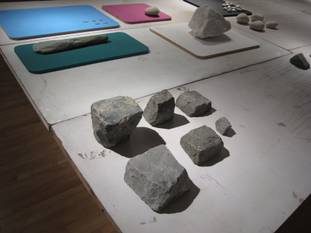


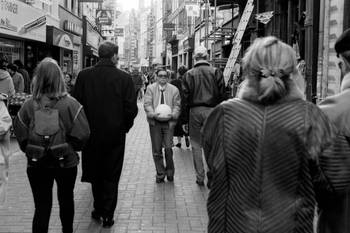
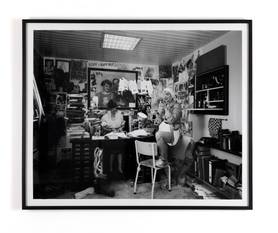
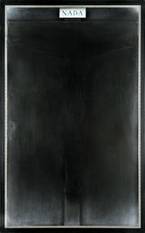
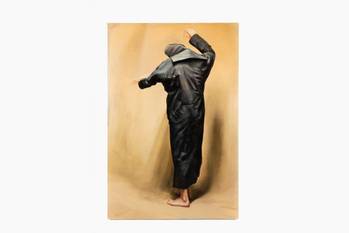



Fijn dat je wil reageren. Wie reageert, gaat akkoord met onze huisregels. Hoe reageren via Disqus? Een woordje uitleg.